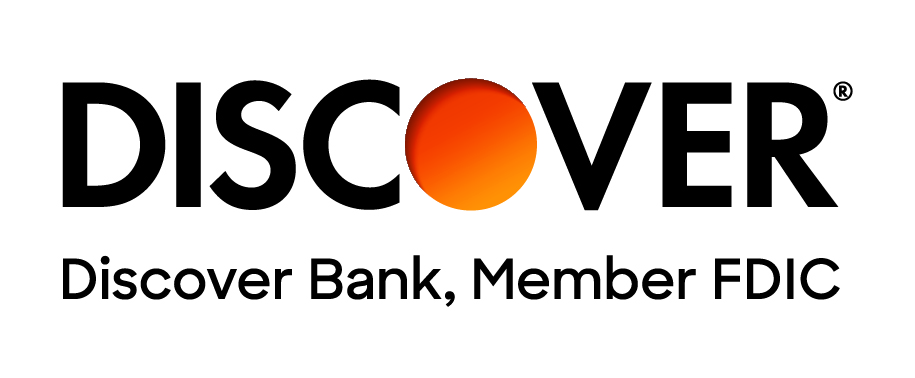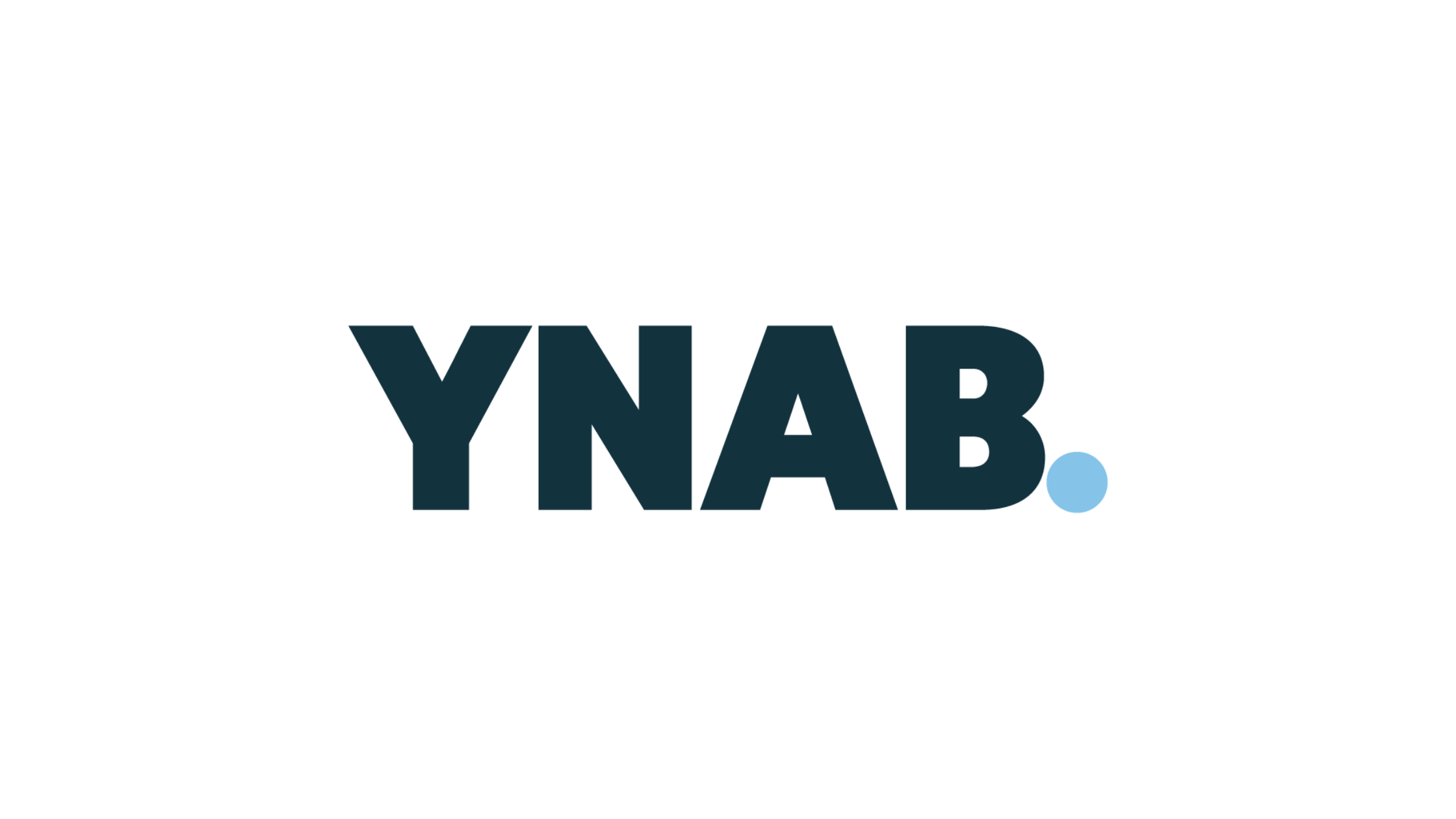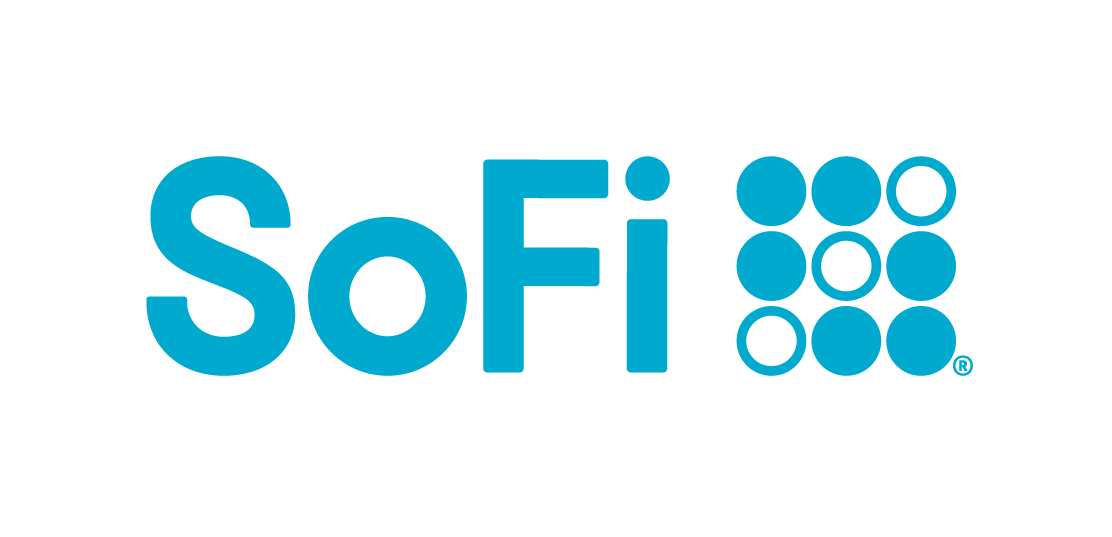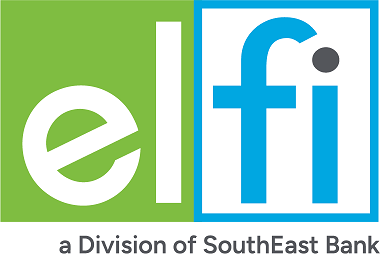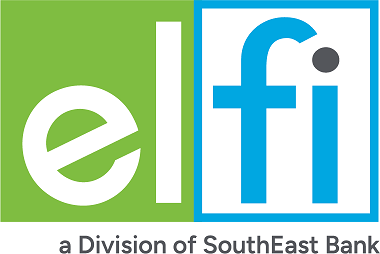Higher education in Texas can be expensive, with tuition, fees, books, and living costs adding up quickly, making it necessary to borrow money to pay for everything. That’s why it’s so important for you to find the right student loan to help manage those expenses.
When exploring your options, make sure you look at federal loans first. These often more flexible repayment plans, making them a great starting point. After that, consider state-specific programs. Texas offers unique benefits like the College Access Loan (CAL) Program, which is specifically designed for Texas residents and offers competitive terms. As a last resort, if needed, private loans can fill any remaining gaps, but it’s important to compare interest rates and repayment terms carefully.
By taking the time to evaluate all your options—federal, state, and private—you can find the loan that best fits your needs while helping you achieve your education goals. Texas provides some excellent opportunities to help its residents succeed, so be sure to take advantage of them.
Federal Student Loans
Federal student loans are the best starting point for financing college. With flexible repayment options, and potential loan forgiveness, they’re built to support students like you in manageable and cost-effective ways.
Why Choose Federal Loans
Federal loans offer several borrower benefits not available with private student loans. Some of these benefits include income-driven repayment plans and forgiveness programs, making them a better long-term choice for most students.
Types of Federal Loans
Direct Subsidized Loans - For students with financial need. The government pays the interest while you’re in school or during grace or deferment.
Direct Unsubsidized Loans - Available regardless of financial need. You’re responsible for the interest, but they still offer advantages over private student loans.
Direct PLUS Loans - For parents and graduate students, covering costs not met by other aid.
How to Apply
Complete the Free Application for Federal Student Aid® (FAFSA). This connects you to loans, grants, and work-study funds. Apply early to meet deadlines and maximize your aid. Federal student loans simplify paying for college, offering flexibility and peace of mind.
State-Specific Loan Programs for Texas Residents
If you're a Texas resident looking for the best student loan options, Texas offers several state-specific programs designed to make college more affordable. These programs often come with competitive terms and are tailored to help Texas students achieve their educational goals.
College Access Loan (CAL) Program
The CAL program is an excellent option for students who have already maximized their federal student loan options. Here’s why it stands out:
- Low fixed interest rate: Helps keep repayment manageable.
- No origination fees: Saves you money upfront.
Eligibility Requirements:
- You must be a Texas resident or a non-resident eligible for in-state tuition.
- Meet credit approval or have a creditworthy cosigner.
- Have already maxed out federal loans before applying.
How to Apply:
- Complete the FAFSA to ensure you've accessed federal aid.
- Apply online through the Texas Higher Education Coordinating Board (THECB).
- Submit required documentation and await approval.
B-On-Time Loan Program (If Available)
For students committed to finishing their degree on time and maintaining good academic standing, the B-On-Time Loan is a great choice.
- Key Advantage: Loan forgiveness for students who graduate on time with at least a 3.0 GPA.
- Eligibility: You must meet academic standards and enroll in a "B-On-Time" eligible school in Texas.
Deadlines and Details:
- Check with your college’s financial aid office for deadlines, as this program may vary by year.
Texas Armed Services Scholarship Program (TASSP)
The TASSP offers significant loan forgiveness if you agree to dedicate time to military service after graduation.
- Key Benefits: Covers tuition and related expenses while preparing you for a service career.
- Commitment Required: Must commit to serving in the military or participating in ROTC training.
How to Apply:
- Seek nomination from a state senator or representative.
- Submit your application and required documents to the Texas Higher Education Coordinating Board (THECB).
Additional State Grants and Low-Cost Options
Beyond loans, Texas also offers several grants and scholarships to help with college expenses:
- Texas Grant Program: Provides aid to students with financial need attending public colleges.
- Institutional Scholarships: Many Texas colleges and universities offer scholarships for residents, so check with your university.
By exploring these state-specific options, you can reduce the burden of college costs while benefiting from terms tailored to students in Texas. Be sure to apply early and stay on top of deadlines to maximize these opportunities.
Private Student Loans
After you’ve exhausted federal and state financial aid options, private student loans can help bridge the gap in your college funding. These loans can be useful if grants, scholarships, and low-interest federal or state loans don’t fully cover your tuition, housing, or other essential expenses. However, private loans should be viewed as a last resort since they often come with fewer repayment protections than federal loans.
Features to Compare Across Private Loan Lenders
When considering private loans, it’s essential to compare features across lenders to find the best fit for your needs:
- Interest Rates: Look at whether the lender offers fixed or variable rates. Fixed rates stay consistent over time, while variable rates can change and may increase.
- Repayment Terms and Flexibility: Review the range of repayment periods and whether the lender provides options like deferment or forbearance for financial hardships.
- Credit Score Requirements: Some lenders may require a good credit score to qualify, while others allow co-signers, such as parents or guardians, to help secure better rates.
Financial Aid Options Beyond Loans
When it comes to paying for college, loans are not your only option. There are plenty of other ways to help reduce the amount of money you need to borrow. Here are a few alternatives that can make a big difference for Texas students like you.
Scholarships and Grants
Scholarships and grants are a fantastic way to fund your education because you don’t have to pay them back. Many scholarships are available specifically for Texas residents. For example, the Texas Grant Program helps students with financial need attending public colleges and universities in the state.
Other scholarships might be based on academics, athletic skills, or community service, so it’s worth searching online or asking your school’s financial aid office for a full list of opportunities. Look out for local scholarships offered by Texas businesses, civic organizations, and foundations—you might be surprised how many options there are right in your area.
Work-Study Programs in Texas
If you’re looking to earn money and get experience while in school, work-study can be a great solution. Both federal and state work-study programs give you the chance to work part-time while pursuing your education. These jobs are often on campus or tied to your field of study, which can help you gain professional skills while reducing your reliance on loans. Ask your financial aid office if they participate in the Texas College Work-Study Program, which is a state-specific option for eligible students.
Employer Tuition Reimbursement Programs
If you’re a working adult who wants to continue your education, check to see if your employer offers tuition reimbursement. Many Texas-based companies are willing to help pay for part of your tuition if your degree or coursework relates to your job. This is a win-win because it helps you advance your career without taking on significant debt. Make sure to ask your HR department about any tuition assistance benefits they might offer.
Crowdfunding and Community Support
Platforms like GoFundMe make it easier than ever to ask for help from your community. By sharing your story online, you can rally support from friends, family, and even strangers who want to invest in your education. Be sure to explain why your education is important and how donations will help. If you’re involved in a local church, sports team, or civic group in Texas, they might also be willing to organize fundraiser events or campaigns to help you reach your goals.
By exploring these financial aid options, you can reduce your need to borrow and focus on achieving your academic dreams. Texas has plenty of resources to help students like you succeed—don’t hesitate to use them.






